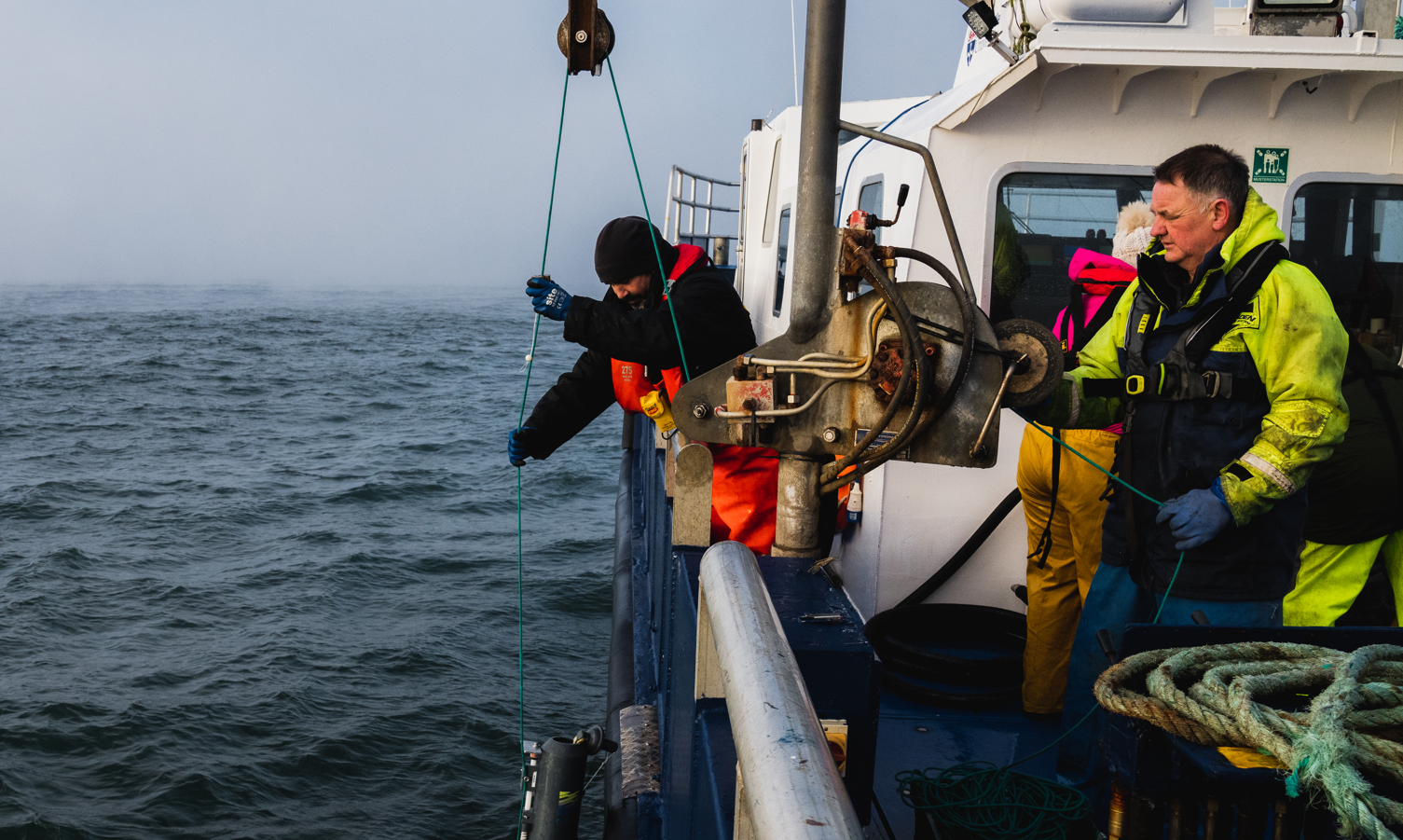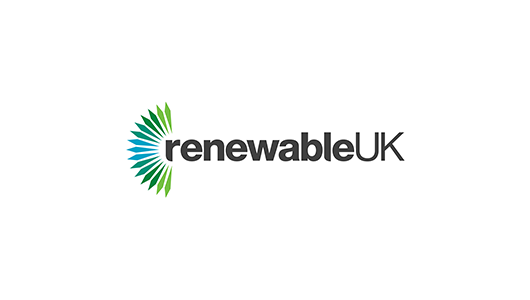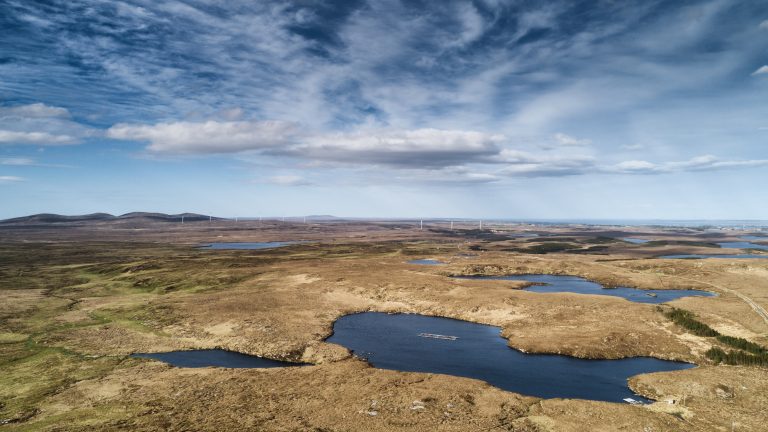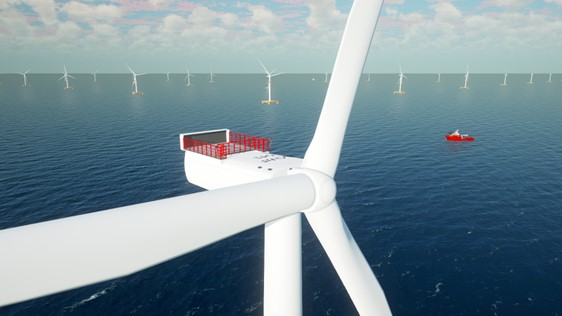EDF Renewables UK, along with project partners, renewable energy consultancy and service provider, Natural Power, and environmental DNA and nature intelligence experts, NatureMetrics, have launched a ground-breaking report that validates the use of fish environmental DNA (eDNA) survey methods to transform the way fish ecology surveys are conducted for offshore wind farm developments.
Michelle Elliott, the Principal Environmental Consultant leading the project on behalf of Natural Power, said: “As we rapidly transition to renewable energy sources to help tackle climate change, supply chain resources are under pressure so there’s never been a greater need for new technology and practices that help to maximise resources.
This study demonstrates that eDNA-based surveys offer a market-ready solution to optimise consenting phase surveys of offshore wind site development, as well as ongoing monitoring and targeted mitigation strategies. Replacing traditional survey methods for fish communities around offshore wind farms with eDNA sampling will offer huge benefits to the industry by providing more efficient and scalable consenting and site survey solutions which can reduce risk of delays to the development of offshore wind farms, whilst reducing costs for developers and operators, ultimately reducing the cost of overall energy production.
Regulator and stakeholder acceptance of eDNA methods for use in offshore baseline setting and monitoring will now be a key step towards accelerating and improving environmental monitoring for future offshore wind development.”
The purpose of the research was to provide an evidence base for the potential acceptance of eDNA-based methods as a valid alternative to conventional fish trawl surveys, so both methods were conducted in parallel. Seasonal co-located trawls and eDNA sampling were carried out at four locations around the Blyth Offshore Demonstrator, with eDNA sampling at two additional locations within the turbine array, which was not possible to survey by trawl sampling. Samples were analysed for environmental DNA using fish, vertebrate (fish, mammals and birds) and invertebrate assays. This report focuses on fish ecology and marine mammal occurrence, while the investigation into the invertebrate communities is ongoing and will be reported on in due course.
The eDNA method; which is a non-invasive sampling technique that uses seawater samples that can be collected from a wide range of vessels, to deliver auditable, robust data; consistently detected a greater number of species than trawl data (57 species detected by eDNA, including eel (Anguilla anguilla), spotted dragonet (Callionymus lyra), sea snails (Liparis liparis and Liparis Monatgui), crystal goby (Crystallogobius linearis) and sea scorpion (Taurulus bubalis), compared to 26 species in trawls). Furthermore, the research indicates that eDNA methods not only pick up individual species trends but can also be used to calculate ecological diversity metrics and track seasonal, spatial, and temporal differences in community composition.
Crucial to this technique is NatureMetrics’ pioneering use of eDNA to identify fish species around the world. Collecting and filtering a few litres of seawater concentrates the DNA left behind in species’ waste products, such as skin and tissue cells, which can then be processed in the NatureMetrics lab to identify all the different fish species present. It means there is no need to physically catch or even see the fish to know they are there. Samples can be collected by anyone and from a wide range of vessels, which means the task can be carried out during other site investigation surveys reducing costs, time, and resource requirements.
Krystle Robson, Head of Offshore at NatureMetrics, said: “As the race for net zero ramps up, green infrastructure projects need new tools to help speed up planning, while also ensuring robust protection for biodiversity. This project demonstrates the viability and scalability of eDNA as a solution to achieve both these objectives.”
In support of the initiative, EDF Renewables provided access to the Blyth Offshore Demonstrator (BOD) for the research project to take place.
Ryanne Burges, Director of Offshore Wind and Ireland at EDF Renewables UK, said: ” EDF Renewables is incredibly proud to be a part of this pioneering project. Blyth Offshore wind farm has been a flagship of innovation for the industry, so it was the perfect location to pilot the use of environmental DNA fish surveys. By collecting and analysing DNA shed by fish into the water, this method eliminates the need for more invasive trawling surveys, better protecting marine ecosystems.
“The use of environmental DNA in fish ecology also has the potential for huge benefits to the wider industry by providing a safer, more efficient, affordable and scalable solution which would speed up development and ultimately reduce the cost of overall energy production. We are excited to see this methodology rolled out across our future pipeline and urge adoption of the technique in place of traditional trawl surveys by the industry.”
The 18-month project, which commenced in March 2022, received an innovation grant of £33, 918, from the Offshore Wind Growth Partnership (OWGP). The grant covers 50% of the total project cost with Natural Power and NatureMetrics providing significant in-kind contributions and EDF Renewables contributing further monetary funding.
The full report can be downloaded below.






